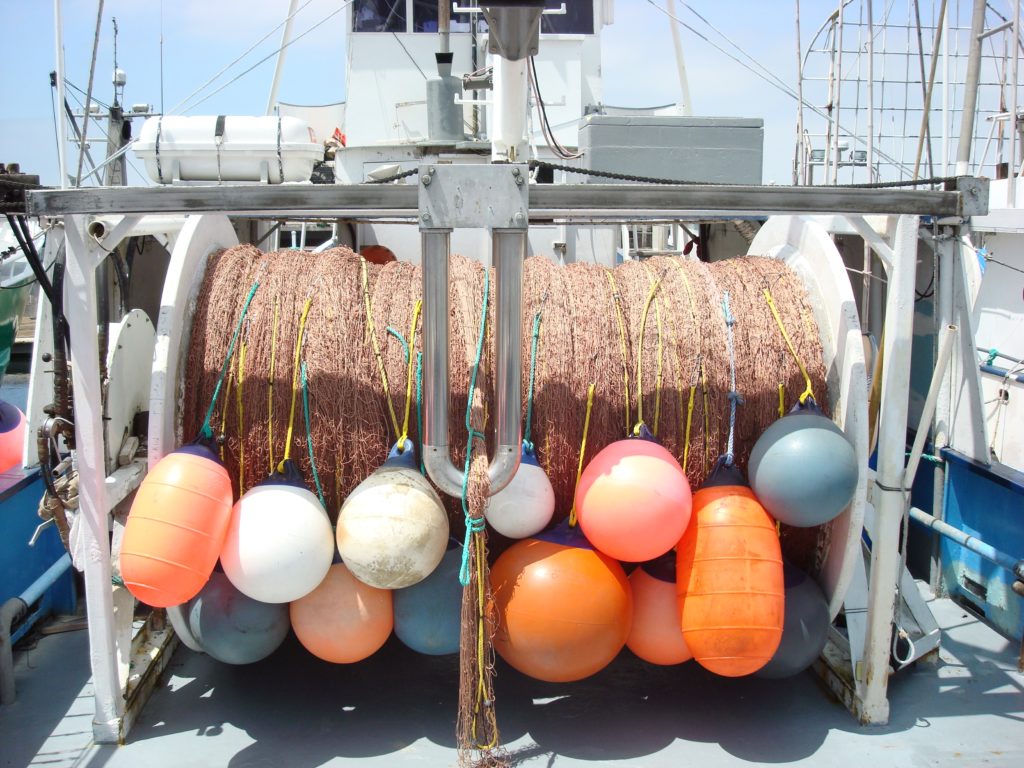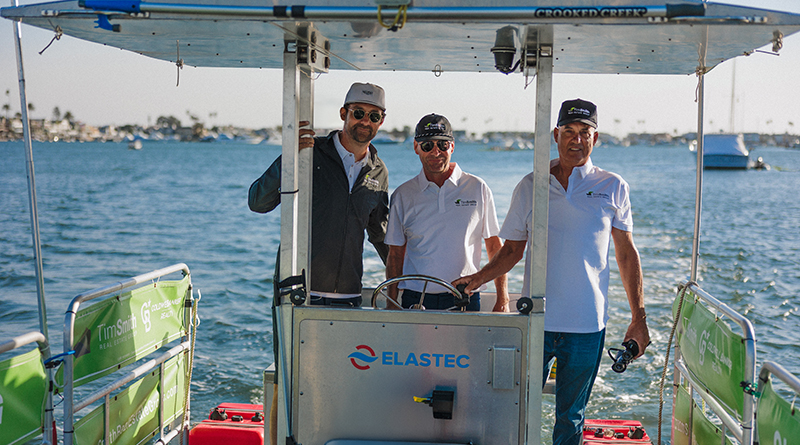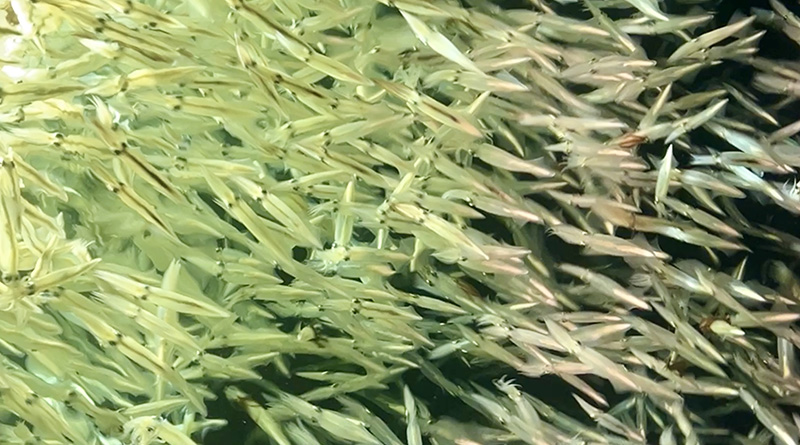WASHINGTON, D.C.—The future of large, mesh drift gillnets, which are used to catch swordfish off the California coast, has caught the ire of at least two senators in Washington, D.C. Can the duo recruit enough legislators in the U.S. Senate and House of Representatives to get the Driftnet Modernization and Bycatch Reduction Act to Pres. Donald J. Trump’s desk for possible signature?
California legislators banned drift gillnets in state waters last year but are still legal in federal waters off the California coast. The Drift Modernization and Bycatch Reduction Act would extend the state’s protections to federal waters within five years. Fishermen would receive assistance from the National Oceanic and Atmospheric Administration (NOAA) to transition away from the mile long mesh drift gillnets and toward something more sustainable.
Sen. Dianne Feinstein, D-California, re-introduced the Driftnet Modernization and Bycatch Reduction Act on March 27. Sen. Shelley Moore Capito, R-West Virginia, joined Feinstein in re-introducing the bill on the Senate floor.
Both senators argue the drift gillnets cause significant bycatch waste by killing or severely killing endangered, protected or other marine species. The Feinstein-Capito bill, both senators stated, would modernize California’s swordfish fishery by “phasing out the use of mile long drift gillnets.”
“California took the important first step to protect marine animals from large mesh driftnets off our coast and it’s imperative we now extend those protections into federal waters,” Feinstein said in a released statement. “It’s heartbreaking that a single California fishery using this type of driftnet is killing more dolphins and porpoises than all other fisheries along the West Coast and Alaska combined.
“Our bipartisan bill will remove these harmful nets from all of California’s coastal waters and facilitate more sustainable fishing methods,” Feinstein continued.
Capito, meanwhile, pointed out large mesh driftnets – another way to identify drift gillnets – are banned in all states yet are still causing significant harm off the California coast.
“Large mesh driftnets – which are banned in all states – are still injuring or killing a large amount of marine animals off the coast of California. That’s why I’m proud to reintroduce this bipartisan bill that will ensure harmful driftnets are no longer allowed in any of our U.S. waters,” Capito said, also in a released statement.
The American Sportfishing Association (ASA) hailed the Feinstein-Capito bill as “overdue.”
“These reforms are long overdue,” Danielle Cloutier, ASA’s Pacific Fisheries policy director, said. “Drift gillnets are banned in all other areas of the U.S. and significant improvements have also been made internationally to end this type of fishing gear. The legislation sets up a transition program to phase out the use of drift gillnets and offers incentives to those who voluntarily give up their permits.”
ASA staff added the swordfish fishery, through the use of drift gillnets, is “one of the nation’s most destructive fisheries … despite 30 years of management measures aimed at reducing bycatch.”
“Recent data indicate that overall only 40 percent of the catch is kept using this method. The remaining catch, which includes sportfish, and other marine life, is returned to the ocean, much of which is already dead,” ASA staff said.
Feinstein’s staff added dozens of marine species were injured or killed as a result of being entangled with large mesh driftnets.
“Large mesh driftnets, which are more than a mile long, are left in the ocean overnight to catch swordfish and thresher sharks. However, at least 60 other marine species, including whales, dolphins, sea lions, sea turtles, fish and sharks, can also become entangled in the large mesh nets, injuring or killing them,” Feinstein’s staff said in a released statement. “Most of these animals, referred to as bycatch, are then discarded.
“The use of large mesh driftnets by a single fishery in California is responsible for 90 percent of the dolphins and porpoises killed along the West Coast and Alaska,” Feinstein’s staff continued.
Capito and Feinstein re-introduced their bill a few months after California’s lawmakers approved significant changes to the swordfish drift gillnet fishery. The state action, however, isn’t enough, according to the ASA.
“The California state legislature moved [in 2018] to address this fishery and make similar changes to how the fishery operates. Federal action is needed to close the loop on this wasteful fishing method because the fishery is jointly managed by both federal and state agencies,” ASA staff said.
The Trump administration reportedly rejected a push in 2017 to increase the accountability of California’s swordfish fishery.
Members of the Senate Committee on Commerce, Science and Transportation is the first committee to weigh in on the Driftnet Modernization and Bycatch Reduction Act.
Photo: NOAA West Coast Fisheries







